Easy Garden Preparation, the No-Till Way

by
Lee @ Lady Lee's Home
(IC: blogger)
Sometimes we do things in a traditional way because, well, that’s what everyone is doing so it must be the right thing to do. Sometimes it is.
But then sometimes you decide to try a different way, it works, and you ask yourself, why in the world did I work so hard all this time, following the traditional method.
That’s how it is with traditional soil preparation. Why they teach us we should “work” the soil before planting I have no idea. Mr. Soil doesn’t want us to poke around, I assure you.
But then sometimes you decide to try a different way, it works, and you ask yourself, why in the world did I work so hard all this time, following the traditional method.
That’s how it is with traditional soil preparation. Why they teach us we should “work” the soil before planting I have no idea. Mr. Soil doesn’t want us to poke around, I assure you.
Disadvantages of Tilling Your Garden Soil
This is a small garden space I have to the left of our front steps. I shared with you here, a few months ago, how I turned it into a vegetable bed.
Next, I added some soil on top of the existing soil.
Next I added compost. The more the merrier. I used composted cow’s manure that I bought in a bag because my own compost is not ready to use yet.
Enjoyed the project?

Want more details about this and other DIY projects? Check out my blog post!
Published March 12th, 2016 4:17 PM
Comments
Join the conversation
1 comment
-
 Beth Nelson
on Jul 20, 2020
Beth Nelson
on Jul 20, 2020
Thank you for the great info! I always wondered why I had more weeds than before I tilled

-



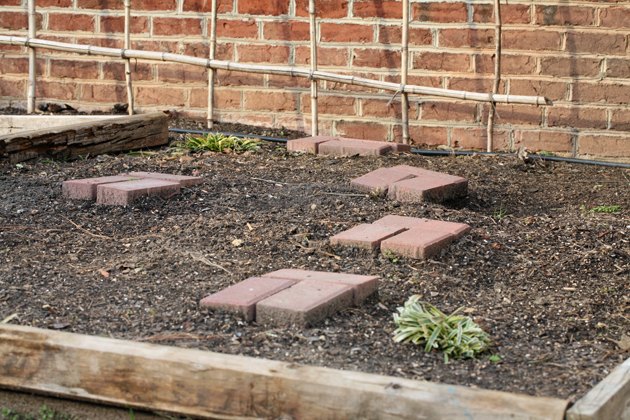



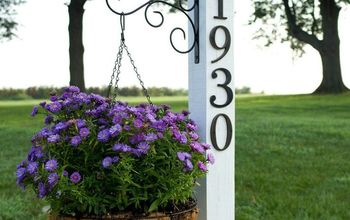




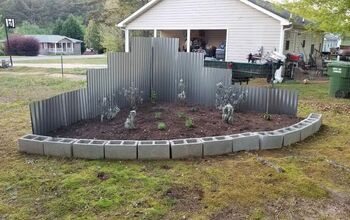
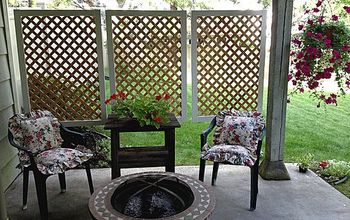



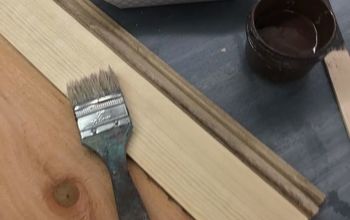
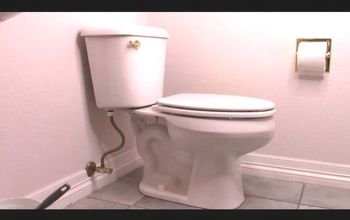




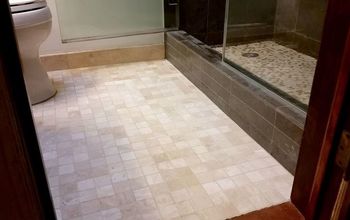

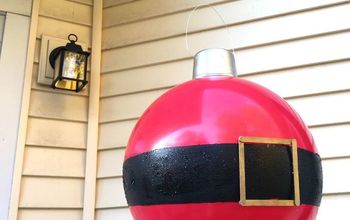

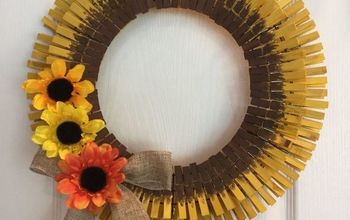


Frequently asked questions
Have a question about this project?